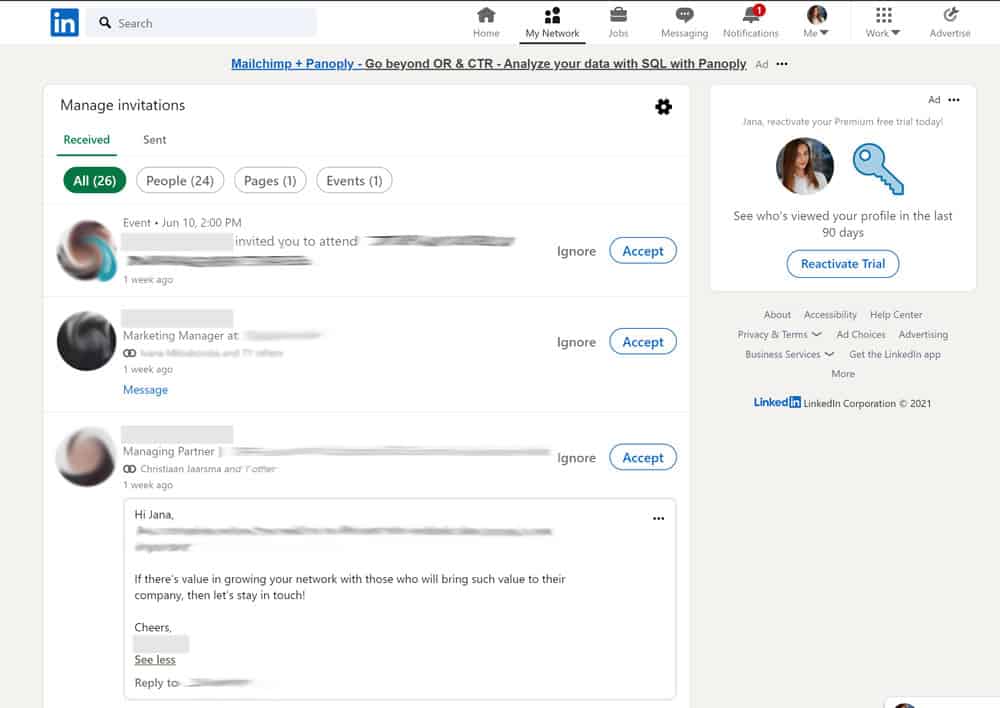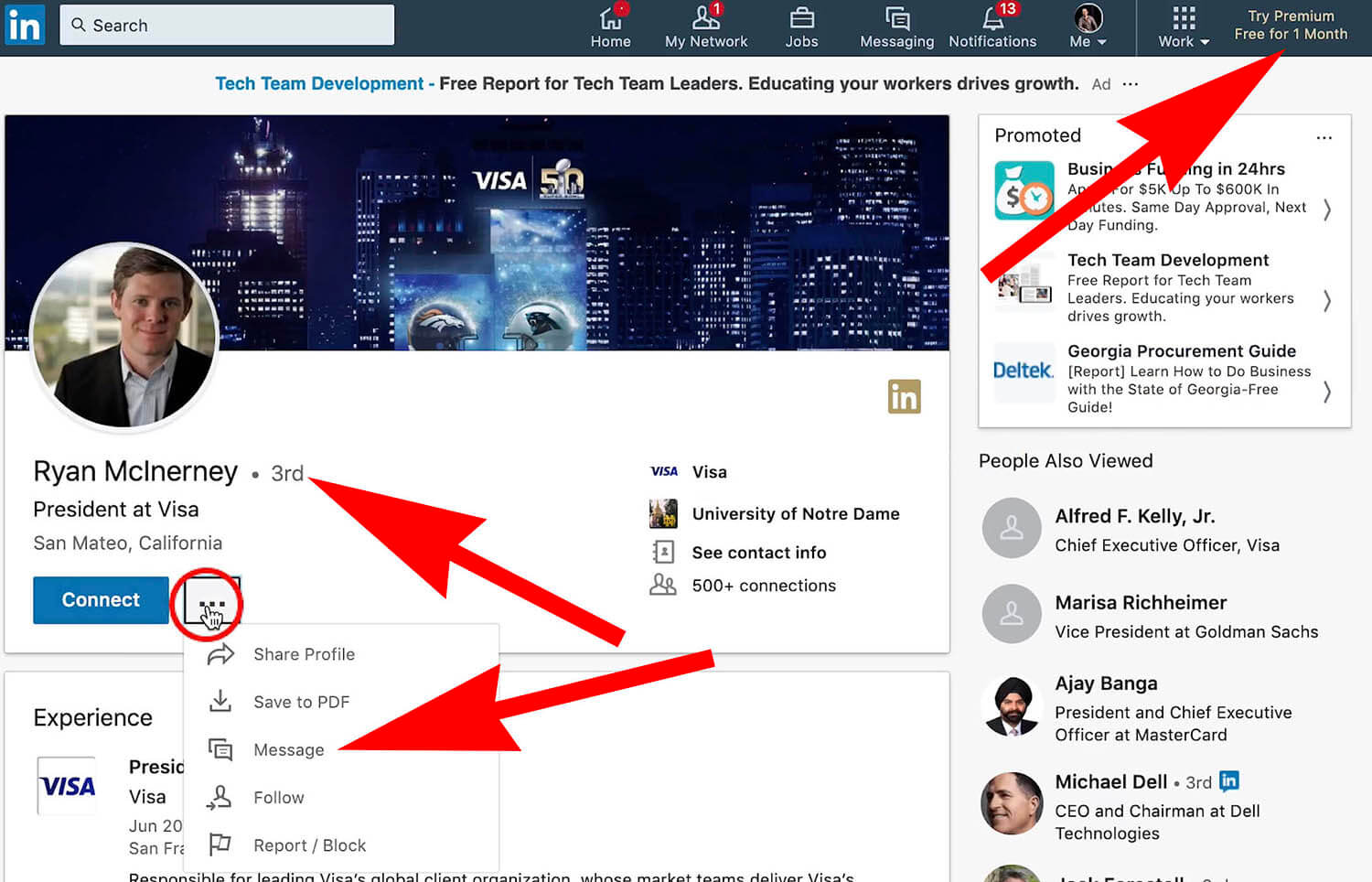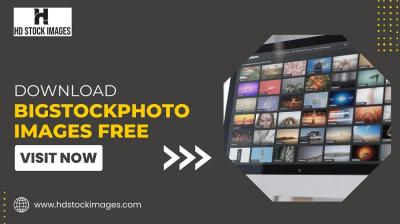Networking on LinkedIn can feel daunting, especially if you don’t have a premium account. But fear not! You can still connect and message potential employers, clients, or valuable contacts without spending a dime. In this post, we’ll explore how to make the most of LinkedIn’s messaging features and share some tips to enhance your outreach efforts. Let’s dive in!
Understanding LinkedIn Messaging Features

LinkedIn messaging is a powerful tool that allows professionals to connect and communicate effectively. Here’s what you need to know:
1. InMail vs. Regular Messages
- InMail: This is a premium feature that allows you to message users who are not in your network. It’s great for reaching out to potential hires or connections you don’t yet know.
- Regular Messages: These can be sent to your 1st-degree connections. If someone has accepted your connection request, you can freely message them!
2. Sending Connection Requests
Before you can message someone, you need to connect with them. Here’s how to do it effectively:
- Personalize Your Request: Always include a brief note explaining why you want to connect. For example, “Hi [Name], I enjoyed your article on [Topic]. I’d love to connect and learn more about your work in [Industry].”
- Keep It Professional: Focus on shared interests or mutual connections to make your request more appealing.
3. Engaging with Content
Another way to open the door for messaging is by engaging with someone’s content. Here are some strategies:
- Comment on Posts: Leave thoughtful comments on their posts. It shows you’re interested in what they have to say.
- Share Their Content: If you find their article or post valuable, share it with your network, tagging them. This can catch their attention and spark a conversation.
4. Utilizing LinkedIn Groups
Joining LinkedIn groups related to your industry can also provide messaging opportunities. Here’s how:
- Participate Actively: Engage in discussions and share insights. This can lead to new connections.
- Message Group Members: If you're both in the same group, you can message them directly, even if you’re not connected.
In summary, even without a premium account, you have several avenues to connect and message on LinkedIn. By personalizing your connection requests, engaging with content, and utilizing groups, you can effectively expand your network and enhance your professional presence. Happy networking!
Also Read This: What Do the Green Dots on LinkedIn Mean? Understanding Activity Indicators
3. Limitations for Non-Premium Users

When it comes to messaging on LinkedIn, not everyone has access to the premium features that can make networking a breeze. Understanding the limitations for non-premium users can help you navigate the platform more effectively. Here are the key restrictions you might encounter:
- Connection Requests: Non-premium users can send connection requests, but they are limited to 100 per week. This can slow down your outreach if you're trying to expand your network quickly.
- InMail Messages: One of the biggest perks of a premium account is the ability to send InMail messages to users outside your network. As a non-premium user, you won't have this feature, which means you can only message your direct connections.
- Search Filters: Premium members enjoy advanced search filters to hone in on specific candidates or opportunities. Non-premium users have access to basic filters, which can make finding the right contacts more challenging.
- Visibility: With a premium account, users can see who viewed their profile. Non-premium users miss out on this insight, which can be useful for understanding interest levels from potential connections.
- Learning Resources: LinkedIn Learning is a fantastic resource for skill development, but it’s only available to premium members. Non-premium users will need to find alternative ways to enhance their skills.
Despite these limitations, don’t let them discourage you! You can still effectively network and message on LinkedIn by being strategic and creative in your approach.
Also Read This: Can You Delete a LinkedIn Account? A Complete Guide
4. Effective Messaging Strategies for Non-Premium Users
Now that you're aware of the limitations, let's focus on how to make the most of your messaging capabilities as a non-premium user. Here are some effective strategies to enhance your LinkedIn communication:
- Personalize Your Connection Requests: Instead of sending a generic message, take the time to personalize your connection requests. Mention something specific about the person’s profile or their work that resonates with you. This increases your chances of getting accepted and opens the door for future conversations.
- Engage with Content: Before messaging someone, engage with their posts by liking or commenting. This builds rapport and makes your name familiar to them. When you do reach out, they’re more likely to remember you.
- Use Mutual Connections: If you share mutual connections with someone you’d like to message, mention those connections in your request. This establishes trust and can encourage the recipient to respond positively.
- Be Concise and Clear: When you finally do send a message, get to the point quickly. State who you are, why you’re reaching out, and what you hope to achieve from the conversation. For example: "Hi [Name], I admire your work in [Industry/Field] and would love to connect and discuss [specific topic]."
- Follow Up Politely: If you don’t get a response right away, don’t hesitate to follow up after a week or so. Keep it polite and express that you understand they may be busy. For instance: "Hi [Name], I hope you’re doing well! I just wanted to follow up on my previous message. If you’re available, I’d love to chat!"
By employing these strategies, you can effectively navigate LinkedIn messaging without a premium account. Remember, successful networking is all about building genuine relationships—focus on quality over quantity!
Also Read This: Adding LinkedIn to Your Resume Placement and Formatting Tips
5. Building Connections Without Premium Features
When it comes to networking on LinkedIn, you don't need a premium account to make meaningful connections. Here are some effective ways to build your network without spending a dime:
- Personalize Connection Requests: When you send a connection request, always include a personalized message. Mention how you found them, shared interests, or mutual connections. This adds a personal touch and increases the chances of acceptance.
- Engage with Content: Like, comment, or share posts from those in your desired industry. This not only gets your name in front of them but also shows that you’re genuinely interested in their work.
- Join Relevant Groups: LinkedIn Groups are a goldmine for networking. Participate in discussions, share insights, and connect with group members. This opens doors to new connections who share your interests.
- Network through Alumni: Use LinkedIn's alumni tool to find former classmates. Reaching out to shared educational experiences can create an instant bond, making them more likely to connect.
- Attend LinkedIn Events: Participating in virtual events can help you meet new people in your industry. After the event, don’t hesitate to connect with attendees, referencing the event in your message.
By leveraging these strategies, you can expand your network organically and authentically, proving that you don’t need premium features to make valuable connections on LinkedIn.
Also Read This: How to Reply to LinkedIn Messages: Tips for Effective Communication
6. Using InMail Alternatives
InMail is a fantastic feature for reaching out to people outside your network, but it’s only available to premium users. Don’t worry! There are several creative alternatives you can use to get your messages across:
- Direct Messaging through Connections: If you’re connected with someone who knows the person you want to contact, ask for an introduction. A mutual connection can often pave the way for a warmer introduction.
- Engaging with Their Content: Before reaching out, engage with the potential contact’s posts or articles. Leave thoughtful comments or share their content. This can create familiarity and make them more receptive to your message.
- Follow and Learn: Follow the person you want to reach out to and learn about their interests and professional background. This knowledge can help you tailor your message when the time comes.
- Utilize Other Social Media Platforms: If you can’t connect on LinkedIn, try reaching out to them via Twitter or Instagram. Many professionals are open to interactions on multiple platforms.
- Networking Events and Webinars: Attend industry-specific events where your target contact might be participating. After the event, follow up with a connection request mentioning your discussion.
These alternatives can effectively bridge the gap left by not having access to InMail. With a little creativity and persistence, you can still reach out to the most relevant connections and grow your professional network.
Also Read This: How to Invite People to LinkedIn: Sending Connection Requests
7. Best Practices for Networking on LinkedIn
Networking on LinkedIn can feel a bit daunting, especially if you're trying to make meaningful connections without a premium account. But don’t worry! Here are some best practices that will help you navigate the platform like a pro:
- Personalize Your Connection Requests: Always add a personalized note when you send a connection request. Mention how you found their profile or a common interest. For example, “Hi [Name], I came across your profile while researching [Industry/Topic] and was impressed by your work at [Company]. I’d love to connect and share insights!”
- Engage with Content: Like and comment on posts from your connections and industry leaders. This not only shows your interest but can also spark conversations. When you comment, try to add value—ask questions or share your thoughts.
- Join Groups: Participate in LinkedIn groups related to your industry or interests. This allows you to connect with like-minded professionals and join discussions. It’s a great way to network and establish yourself as an expert.
- Follow Up: After connecting, don’t forget to follow up with a message. You could say, “Thanks for connecting! I really enjoyed your recent post on [Topic]. I’d love to hear your thoughts on [Related Topic].” This opens the door for further conversation.
- Be Consistent: Consistency is key! Make it a habit to spend a little time each week engaging with your connections and posting relevant content. This keeps you on their radar and helps foster relationships over time.
By following these practices, you’ll not only expand your network but also build meaningful relationships that can lead to future opportunities. Remember, networking is about building genuine connections, so be yourself and approach each interaction with authenticity.
8. Conclusion
In conclusion, messaging on LinkedIn without a premium account is entirely possible and can be incredibly effective if you approach it strategically. By focusing on personalization, engagement, and consistent networking practices, you can build valuable connections that may lead to exciting opportunities in your career.
Remember, the goal of LinkedIn is not just to collect connections but to foster friendships and professional relationships that can help you grow. So, take a deep breath, be genuine, and start reaching out! You never know which conversation could lead to your next big break.
As you navigate the platform, keep these tips in mind:
- Be authentic and relatable.
- Stay active and engaged.
- Always follow up and nurture your connections.
Happy networking, and may your LinkedIn journey be filled with fruitful connections!
 admin
admin








